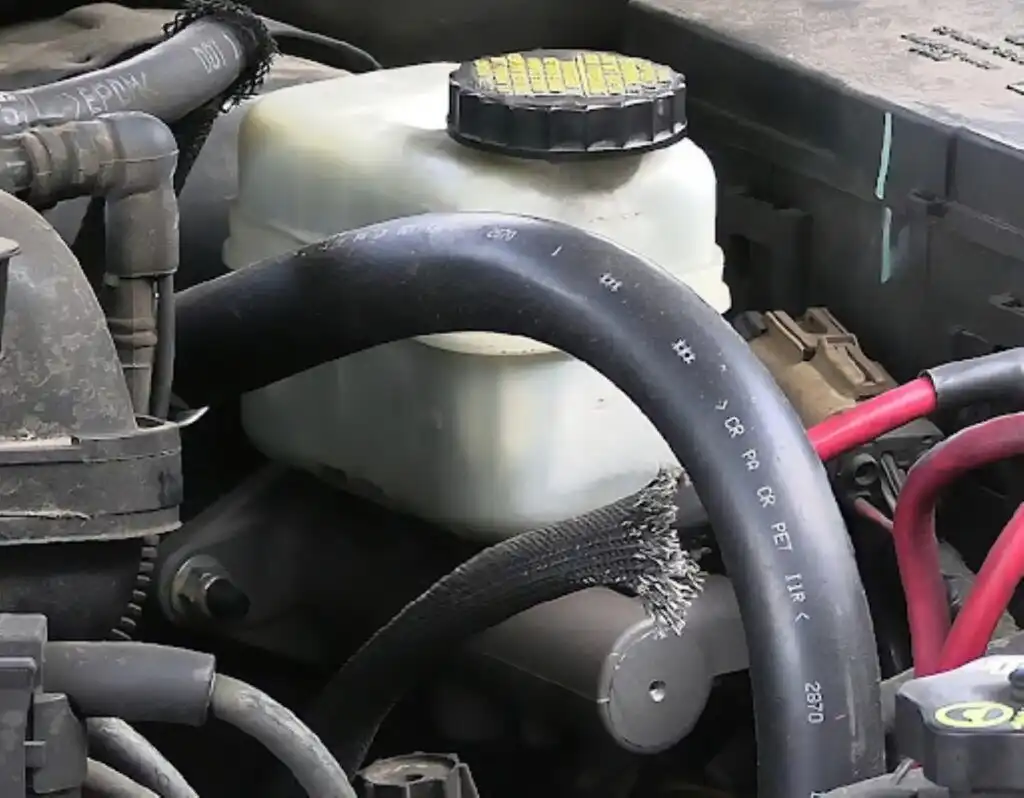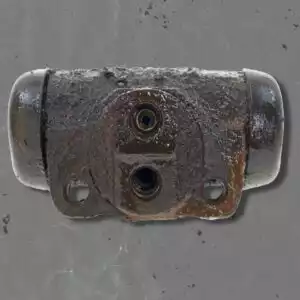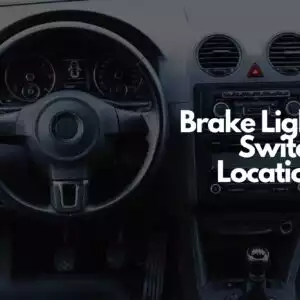Q: Where Is the Master Cylinder Typically Located?
A: If your car has power-assisted brakes, which is most common, the master cylinder might be linked to a brake booster connected to the brake pedal. The whole assembly is fixed to the firewall that’s found in the engine compartment.

The master cylinder has two types: the transparent reservoir and the metal or nontransparent plastic reservoir. The former lets drivers see the fluid level without opening the reservoir, which is not the case for the latter.
On the other hand, if your vehicle has manual brakes, you’ll likely find the master cylinder fixed to the firewall and connected to the brake pedal. Note, however, that practically no vehicle has manual (not powered) brakes any more.
Tips on How to Access the Master Cylinder
Remember to use safety equipment like eyewear and protective gloves when accessing your ride’s master cylinder. It also pays to loosen the lug nuts of the wheel before raising the vehicle for easier removal later.
To find the master cylinder, you’ll have to find the brake lines it’s connected to. You’ll need tools like a wrench and a socket to loosen the brake lines. Keep some penetrating oil handy as well in case you need more help to ease detach the brake lines. Once you can access the master cylinder, loosen its bolts to detach it.

Any information provided on this Website is for informational purposes only and is not intended to replace consultation with a professional mechanic. The accuracy and timeliness of the information may change from the time of publication.
































